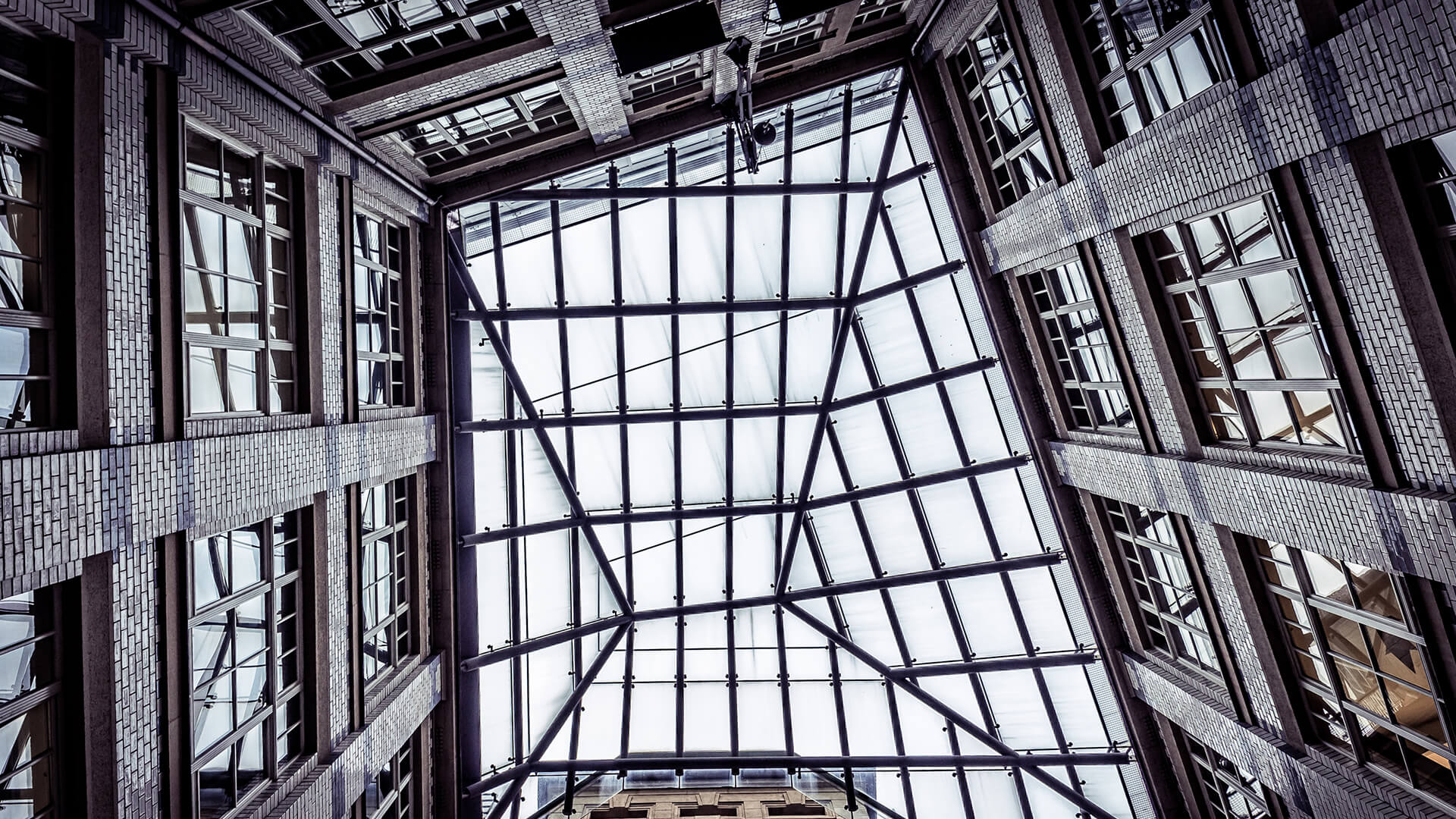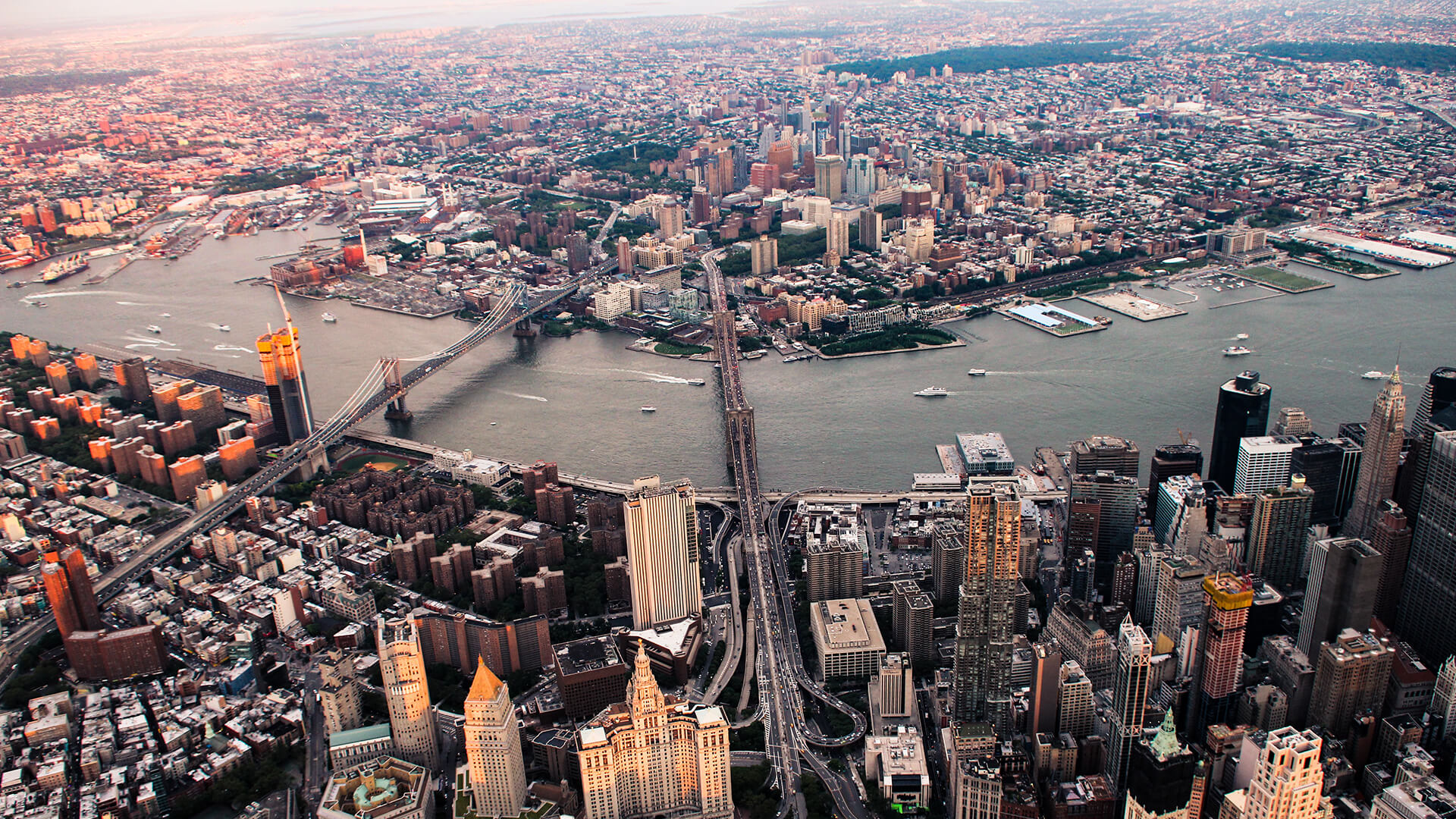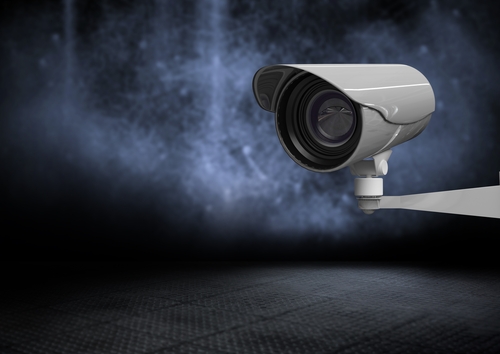Detecting a threat in complete darkness is nearly impossible without officers on the ground in the area or with the help of specialized camera technology. Thermal imaging cameras can detect a threat where conventional visible spectrum cameras fail, however it’s critical to understand exactly what they deliver as part of your security plan and what must be used with them in order to maintain proper situational awareness along your perimeter area zone of deployment.
Benefit of Thermal Imaging
No matter how high resolution the visible camera is, there will always be performance challenges when light levels are low or vision is obscured by snow, fog, tree leaves, bushes and other environmental conditions. Thermal imaging cameras don’t use visible light to create an image, instead they use heat signatures, also known as infrared radiation, to produce images. As a result, the image they produce is used for detection purposes only. Visible cameras or officers on the ground must be used to make positive identification.
Thermal Imaging Resolution
Unlike visible light cameras, where the megapixel race continues, thermal camera resolution has remained steady. QVGA resolution, 320 x 240, is still the most common sensor pixel density. However, some sensor manufacturers have pushed the limits of thermal imaging technology and now offer 640×480 resolution, the current maximum thermal commercially available. Regardless of the pixel density, the fact remains that a thermal imaging camera’s primary purpose is for detection only. However, the increase in pixels can most certainly help create more reliable video analytics results for improved detection with fewer nuisance alarms.
Housing Types
Since thermal imaging cameras are most often used on dark perimeter lines, two options for housings are most common. Fixed position housings are used along a fence line to provide continual observation, usually with one camera overlapping another and another, etc. Overlapping creates an impenetrable thermal imaging curtain in the area.
Some applications call for a camera housing that can be controlled by an operator, known as a pan-tilt-zoom housing. This housing type allows a detected threat to be tracked with one camera rather than the threat potentially moving from one camera’s field of view to another.
And some thermal imaging cameras also have a visible camera in the same housing. This enables officers to switch between the thermal image and the visible image while always keeping the camera pointing at the same target.
How Far Can a Thermal Camera See?
Thermal cameras have a long detection range, but are impacted by several factors:
- Lens: thermal imaging cameras are commonly available with wide 90-degree to narrower than 10-degree horizontal field of view (fov). Like all cameras, the narrower the fov, the longer the zoom.
- Resolution: two options are most common in surveillance – QVGA 320 x 240 and VGA 384×288.
- Environmental conditions: thermal imaging cameras have a difficult time detecting a human heat signature if the surrounding environment is close to the same temperature.
Thermal Imaging with Smart Video Analytics
Because they provide a higher-contrast image in varying conditions, thermal imaging cameras are often preferred for use with video analytics. In low light scenes, a visible camera may produce image distortion referred to as “noise” due to increased gain created when the camera’s imager attempts to produce a usable image. This is when thermal imaging cameras are more effective. Video analytics perform best with “clean” data coming from the camera imager.
Because of their ability to detect very specific object temperature, thermal imaging cameras may be used with specialized analytics rules. Alarming based upon very specific events or classifications can be made possible in very extreme conditions. This is critical when trying to detect a human approaching a fence line in complete darkness.
Keep these considerations in mind when evaluating thermal imaging solutions:
- Strength: detection capability in low or no light conditions.
- Strength: produce images in adverse conditions such as smoke, fog, or foliage.
- Strength: Better detection capability than visible cameras at longer ranges, i.e. fewer pixels required on target.
- Weakness: no personal identification capability.
- Weakness: detection performance challenges in humid or hot environments.
Pairing Technologies
Once a potential threat is detected by a thermal imaging camera, it’s important to be able to verify the threat immediately with a visible camera. For this reason, thermal imaging solutions are usually paired with visible cameras with infrared capability or with scene lights that can be activated. It’s important that your security officers are armed with accurate situational information before approaching a threat.
Demonstration
Demonstration of no-light solutions is imperative and should be carried out over extended periods of time in various environmental conditions. Consider a pilot program for long term evaluation.
We’re Here to Assist with Planning and Implementation
On-site lighting variables, industry and community night-time lighting regulations, and technological intricacies create some very specific and difficult challenges for nighttime perimeter security. It’s crucial to consult with security camera and integrated solution experts before modifying or installing solutions.
The Vision team is ready to help. From cameras, to lighting options, to the unique operational aspects of your facility’s emergency response plan, we’ve got a solution for your facility. We’ll navigate initial discussions with stakeholders, set reasonable expectations, provide demonstrations, and explain technologies and functions during normal operations and emergencies. Once a plan is approved, our experienced team will ensure your facility and surrounding grounds are protected.



